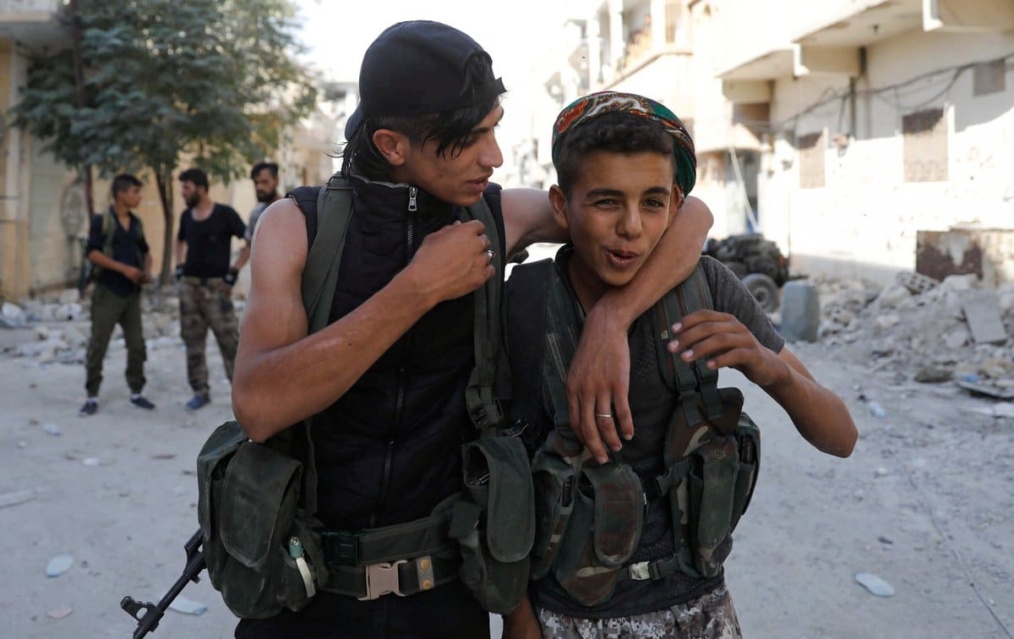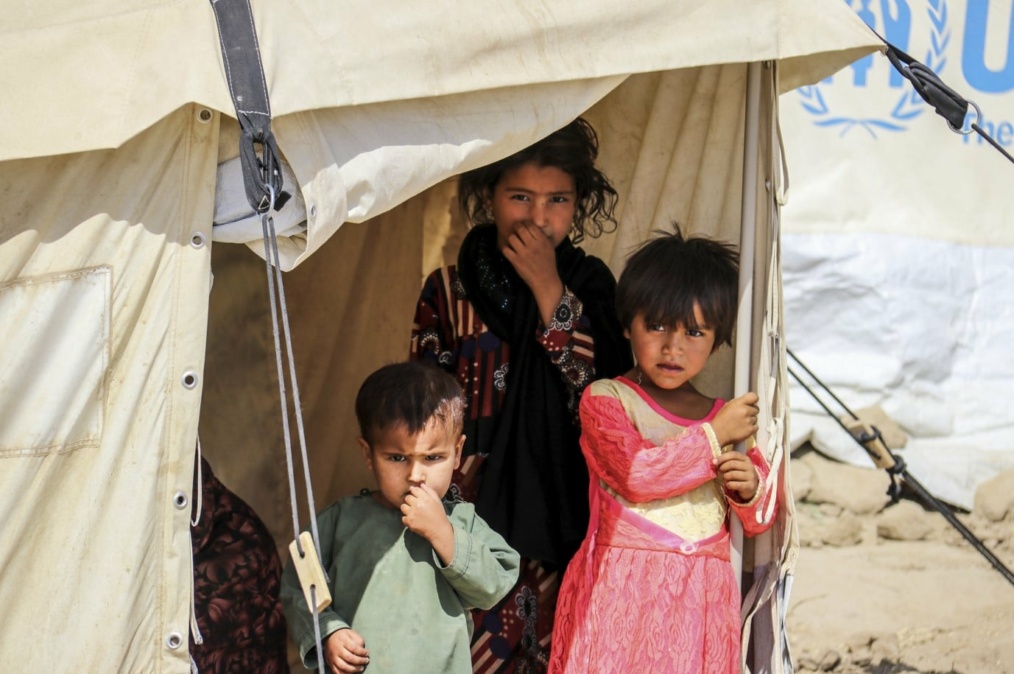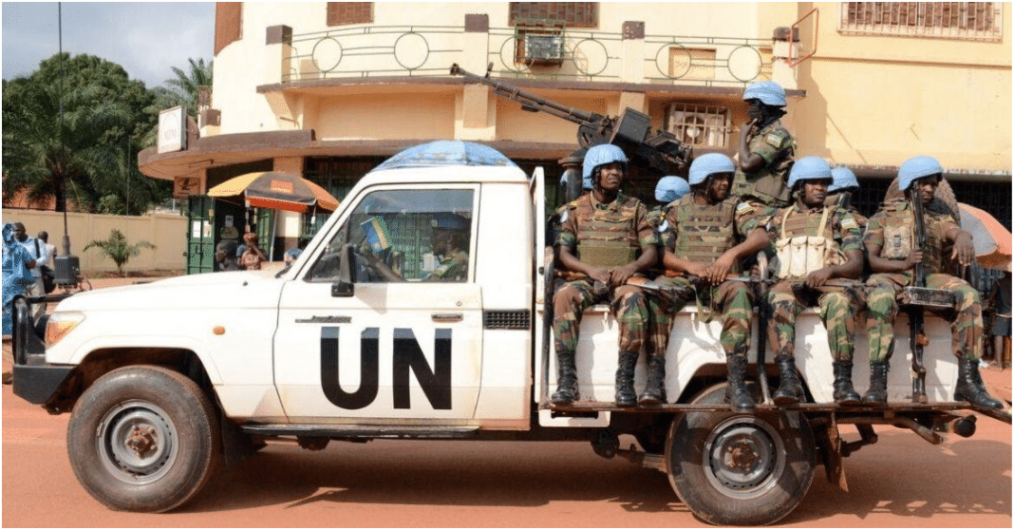Recent events between Russia and Ukraine have highlighted the support that some Latin American countries express for Moscow, which will likely translate into a greater Russian presence in the region in the coming years.
However, Russian influence in the region goes far beyond the support of certain Latin American countries for Russia’s military actions, but rather is a much deeper cooperative relationship.
Support at the UN
During the last UN General Assembly, UN member states voted to pass a resolution condemning the Russian invasion of Ukraine. The resolution was passed with 141 votes in favor, five against, and 35 abstentions.
Although no Latin American country appears in the five votes against, their presence was notable among the abstentions. Bolivia, Cuba, El Salvador and Nicaragua abstained from voting. Venezuela could not participate in the vote since it is ineligible due to current debts with the UN.
The position of these Latin American countries reveals the existence of a pro-Russian Latin American bloc, whose members expressed their arguments before the UN General Assembly.
The Cuban ambassador to the UN pointed out “the determination” of the United States to advance under the NATO umbrella on the Russian borders.
The Nicaraguan ambassador affirmed that there is a “military siege” on Russia, while the Bolivian ambassador affirmed that the Western powers, through NATO, are jeopardizing the security and peace of other states.
The statements of the abstaining Latin American countries may be influenced by Russian actions across Latin America throughout the last few years.
Agreements Between Allies
Venezuela was unable to vote in the UN General Assembly, however, its support for Russia is evident. Venezuelan President Nicolas Maduro spoke by phone with Russian President Vladimir Putin and has said on multiple occasions that President Putin has his “full support.” Following the phone call, President Maduro tweeted an old photo of himself and President Putin shaking hands, and has blamed the conflict on the “destabilizing actions of NATO.”
The current Russia-Venezuela relationship has its beginnings since the government of Hugo Chavez, who made multiple deals with Russia on economic and military cooperation. These agreements have resulted in Russia sending hundreds of advisors, military experts, computer scientists, and intelligence officers to the Caribbean. Venezuela has extensive Russian-made military equipment, including Sukhoi fighter jets, helicopters, missile defense systems and tanks.
In January 2022, Russian Deputy Foreign Minister Sergei Ryabkov threatened that he could “neither confirm nor rule out” the possibility of sending Russian troops to Venezuela and Cuba if the U.S. and Europe did not curtail their escalating military activities in Eastern Europe.
Russia has already sent Tupolev fighter jets and warships to Venezuela for military exercises on at least three separate occasions and the Venezuelan state oil company PDVSA has a business branch in Moscow to process transactions.
With Cuba, their relationship with Russia has also been extensive and long-lasting. Before the Russian-Ukrainian war, it was announced that Russia and Cuba will deepen ties and explore collaboration in transportation, energy, industry and banking.
The two countries have cooperated on economic and debt issues. In fact, Russia has agreed to postpone some Cuban debt payments until 2027, just days after the two countries announced they would deepen ties amid the growing crisis in Ukraine. The loans, worth $2.3 billion, helped finance Cuban investments in power generation, metals and transport infrastructure, according to a statement from the lower house, or Duma.
Additionally, Russia has sent humanitarian aid to the island, especially during the Covid-19 pandemic, including a ship filled with medical aid to mitigate the impact of the virus.
In regard to Nicaragua, Russian aid has resulted in military cooperation, turning Nicaragua into one of the strongest military forces in Central America. Nicaragua has received T-72 tanks, Yak-130 fighter trainers, An-26 transport aircraft, TIGR armored vehicles, ZU-23 antiaircraft systems, Mizrah patrol boats and Molina missile boats, among other systems.
Moreover, it was confirmed that Russia is considering expanding military cooperation with Nicaragua. Russian Deputy Prime Minister Yuri Borisov announced that “for more than 40 years we have been providing technological and military support to [Nicaragua’s] Army, and we will continue to provide our support.”
The relations of Cuba, Nicaragua and Venezuela with Russia are of such magnitude that Jon Piechowski, advisor to the State Department’s Bureau of Western Hemisphere Affairs, stated that the impact of the sanctions on Russia will affect Latin America in the coming days due to their economic ties.
Cuba, Venezuela and Nicaragua are the core of the Latin American pro-Russian bloc. However, other countries in the region have strengthened their relations with Russia.
Such is the case of El Salvador, whose president, Nayib Bukele, has a trip scheduled for July to Russia, which may explain the abstention of the Central American country in the UN General Assembly. For some years now, Bukele’s government has sought rapprochement with Russia and China, which has caused the United States to express its concern.
As for Bolivia, ties with Russia have also strengthened in recent years. In 2021, the Bolivian Foreign Minister visited the Russian Minister of Foreign Affairs. The meeting resulted in the strengthening of their commercial ties and the exploitation of lithium and gas.
Finally, earlier this year, Argentine President Alberto Fernandez offered to make Argentina Russia’s “gateway to Latin America.” Another notable collaboration with Russia occurred when Argentina received the Sputnik V vaccine at the beginning of the pandemic. As expected, President Fernandez’s gesture was a concern for Washington D.C.
In regard to Brazil, President Jair Bolsonaro visited the Kremlin before the Ukrainian conflict and noted that “President Putin is a person who seeks peace. And no one in the world is interested in a conflict.” President Putin praised Brazil as Russia’s main trading partner in Latin America. Both countries have strong diplomatic and economic relations, especially with fertilizer products.
Despite the actions of the presidents of Argentina and Brazil, their representatives at the UN did not abstain in the Assembly vote. However, it is likely that their relationship with Russia will continue to strengthen in the future.
Future Implications of Russian Influence in the Region
Relations between Russia and its allied countries will very likely continue and strengthen due to Russia’s current international isolation. The Latin American pro-Russian bloc and Russia need each other in order to stay afloat.
Cooperation between states will be reflected in increased economic ties, military cooperation, intelligence sharing, and political support in multilateral cooperation organizations.
However, the strengthening of relations between Latin American countries and Russia will be a continuous concern for NATO and those countries not aligned with Russia.
Latin America could become a zone of dispute if Russia increases its influence in the region. NATO will also seek to strengthen its alliances with its Latin American regional allies, including in military cooperation.
For the time being, all that remains is to monitor the evolution of events and advise policy makers in the region to prepare for foreign governments attempting to insert themselves into regional affairs, in an effort to preserve peace and stability in Latin America.
Daniel Felipe Ruiz Rozo, Counter-Terrorism Research Fellow





